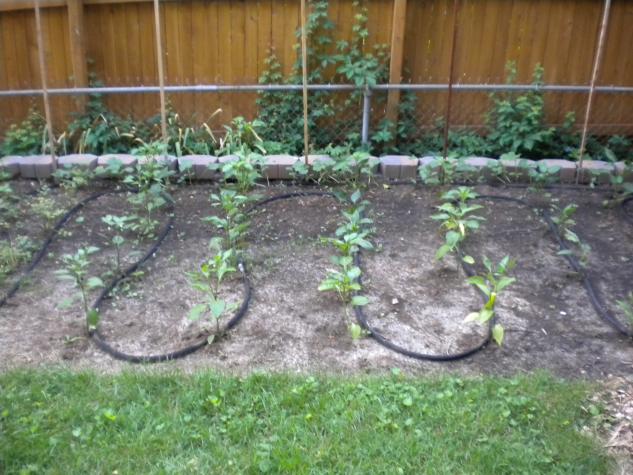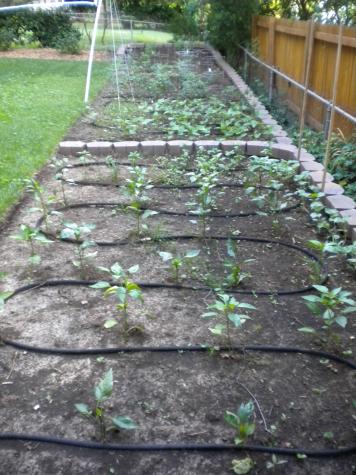BLUE SPRINGS, Mo. – Managing soil moisture is an important part of successful vegetable gardening in the Midwest, says a University of Missouri Extension horticulturist.
“Springtime in our region often brings ample total moisture, but for gardeners with heavy soils, this can be as bad as drought,” says Marlin Bates. Too much moisture early on can stunt plants and prohibit good root zone development, reducing productivity. On the other hand, too little moisture later in the season can also lead to reduced plant productivity.
“These extremes of water availability introduce an interesting set of challenges that all gardeners must be prepared for,” Bates said.
Gardeners have many choices on how to water their gardens. According to Bates, one method in particular is worth the investment.
“Soaker hoses offer a number of benefits to the home gardener,” he said.
First, by delivering irrigation water slowly and directly to the root zone, very little water is wasted.
“This is most appreciated during long, dry spells in the summer when outdoor water use can easily match indoor domestic water use,” he said.
Next, water dripping from a soaker hose does not moisten plant leaves.
“If there is one thing that fungal plant pathogens like, it is wet leaves,” Bates said. “By maintaining a dry plant, gardeners can at least delay the onset of common fungal foliar diseases, if not prevent them altogether.”
Finally, because soaker hoses tend to water the soil vertically more than horizontally, fewer weed seeds will germinate. This reduces the need for weed control measures, including mulch.
“While there are many benefits to mulch that are not to be overlooked, it can be an expensive addition to the garden,” he said. “By saving the annual cost of mulch, gardeners can lessen the expense of equipping the garden with soaker hoses that will last for years.”
If you choose to use soaker hoses in your vegetable garden this year, Bates recommends you keep in mind three key principles:
1. Be careful about water pressure.
“Most soaker hoses operate optimally with water pressures well below what is available at the tap,” he said. Gardeners often try to speed up the watering process by pushing too much water through the hoses. This degrades the hose material and results in a wetting pattern that is wider than necessary.
“Adjust the spigot so that when you’re done watering there is a 4-5-inch-wide band of moisture along the soil surface,” he said.
2. Stay on top of it.
If you’re not using as much mulch, the soil will dry out faster, so you may need to water more often. “Because the soaker hose reduces wasted water, you’ll likely still save water in the long run,” he said.
3. Bring the hoses in after the season.
Don’t let them sit in the garden over winter. “This almost always results in hose degradation to the point where it will need to be replaced immediately,” Bates said. “Store the hoses indoors where they will be safe from freezing temperatures.”
For more information from MU Extension on lawn and garden topics, go to extension.missouri.edu and click on “Lawn and garden.”

